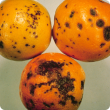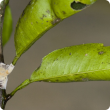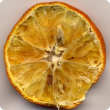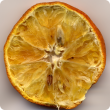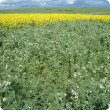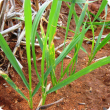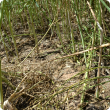Services
Search in Services
Filter services by topic
- (-) Remove Crops filter Crops
- Pests, weeds & diseases (30) Apply Pests, weeds & diseases filter
- (-) Remove Diseases filter Diseases
- Horticulture (20) Apply Horticulture filter
- Fungi (20) Apply Fungi filter
- Fruit (14) Apply Fruit filter
- Biosecurity (12) Apply Biosecurity filter
- Plant biosecurity (12) Apply Plant biosecurity filter
- Biosecurity & quarantine (12) Apply Biosecurity & quarantine filter
- Grains (10) Apply Grains filter
- Crop diseases (10) Apply Crop diseases filter
- Grains research & development (8) Apply Grains research & development filter
- Citrus (8) Apply Citrus filter
- Viruses & virus-like (5) Apply Viruses & virus-like filter
- Nursery & cutflowers (5) Apply Nursery & cutflowers filter
- Control methods (5) Apply Control methods filter
- Chemicals (4) Apply Chemicals filter
- Wheat (4) Apply Wheat filter
- Barley (4) Apply Barley filter
- Fungicides (3) Apply Fungicides filter
- Vegetables (3) Apply Vegetables filter
- Canola (3) Apply Canola filter
- Stone fruit (2) Apply Stone fruit filter
- Strawberries (2) Apply Strawberries filter
- Table grapes (2) Apply Table grapes filter
- Pulses (2) Apply Pulses filter
- Oats (2) Apply Oats filter
- Potatoes (2) Apply Potatoes filter
- Lupins (2) Apply Lupins filter
- Grapes & wine (2) Apply Grapes & wine filter
- Pests (2) Apply Pests filter
- Quarantine (1) Apply Quarantine filter
- Pest insects (1) Apply Pest insects filter
- Soil acidity (1) Apply Soil acidity filter
- Pastures (1) Apply Pastures filter
- Soils (1) Apply Soils filter
- Wine grapes (1) Apply Wine grapes filter
- Weeds (1) Apply Weeds filter
- Pasture management (1) Apply Pasture management filter
- Soil nutrients (1) Apply Soil nutrients filter
- New horticulture crops (1) Apply New horticulture crops filter
- Crop weeds (1) Apply Crop weeds filter
- Climate, land & water (1) Apply Climate, land & water filter
- Bananas (1) Apply Bananas filter
- Field peas (1) Apply Field peas filter
- Managing soils (1) Apply Managing soils filter
- Olives (1) Apply Olives filter
- Minor fruits (1) Apply Minor fruits filter
- Mechanical, physical and cultural (1) Apply Mechanical, physical and cultural filter
- Onions (1) Apply Onions filter






